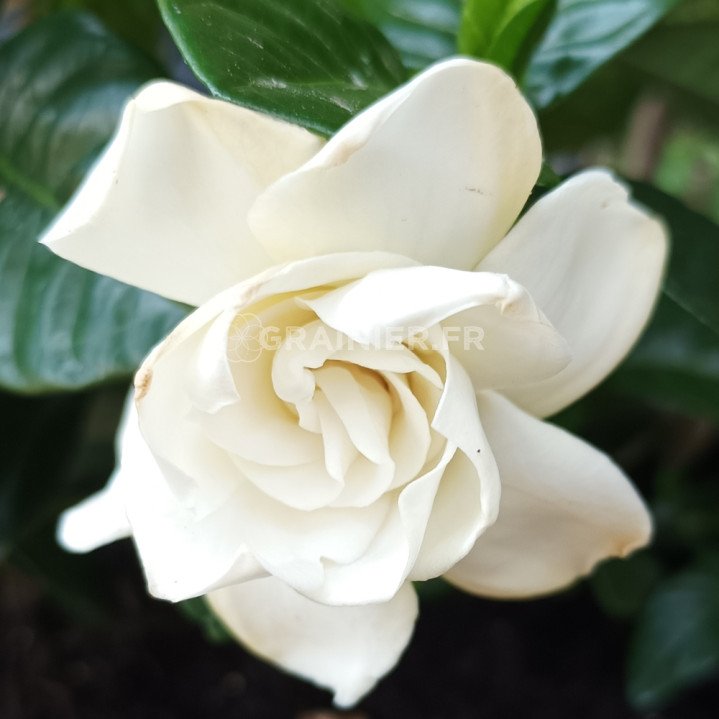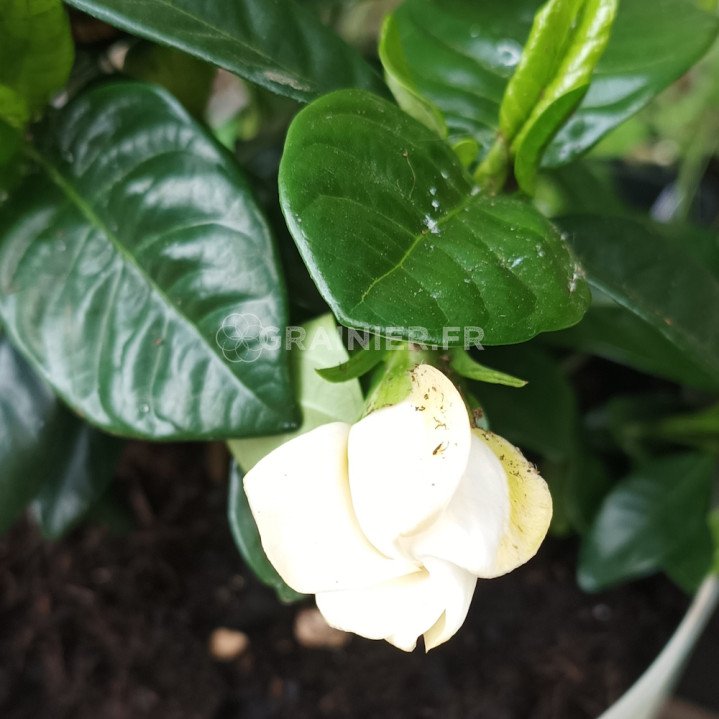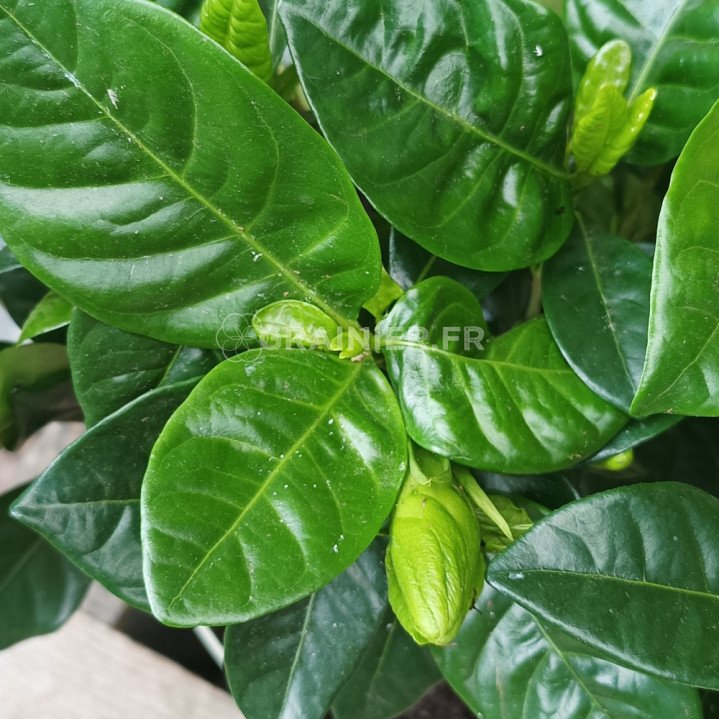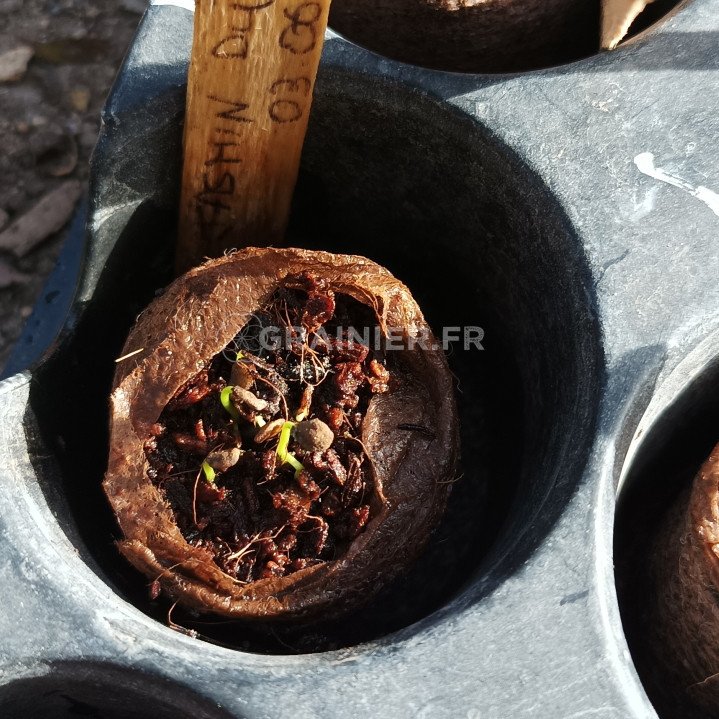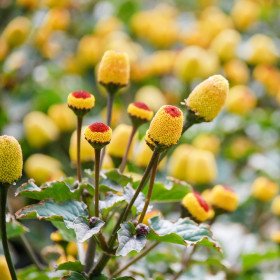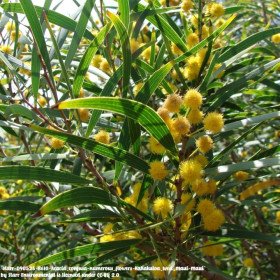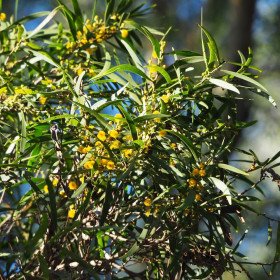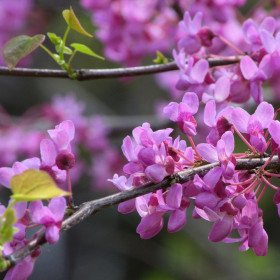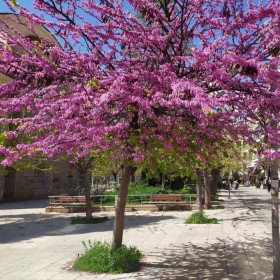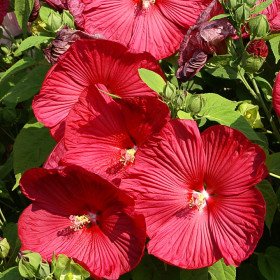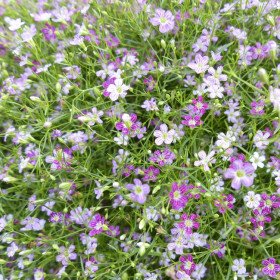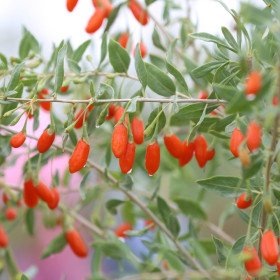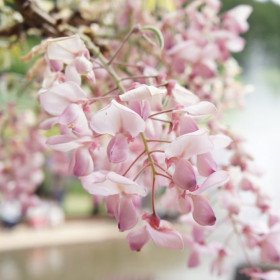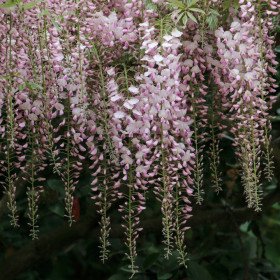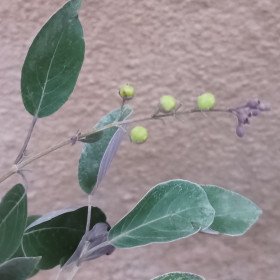10 Graines Jasmin du Cap, Gardenia jasminoides
10 Graines Jasmin du Cap, Gardenia jasminoides
- Modèle : 10 Graines Jasmin du Cap, Gardenia jasminoides
- Disponibilité : INDISPONIBLE
- 1,50€
Me contacter dès que le produit est disponible
Jasmin du Cap, Gardenia jasminoides |
Gardenia jasminoides, communément appelé Gardenia ou Jasmin du Cap, est un arbuste à feuilles persistantes apprécié pour ses magnifiques fleurs blanches, son parfum enivrant et son feuillage brillant. Originaire d'Asie tropicale, il est largement cultivé comme plante d'ornement dans les jardins et les intérieurs.
10 graines
semis direct à 20 °C nuit/ 30 °C jour - germination en 20 à 30 jours sous serre 25 - 30 °C - Bonsai : oui
Description de la plante :
- Apparence : Gardenia jasminoides est un arbuste compact, généralement de 1 à 1,5 mètre de hauteur, bien qu'il existe des variétés naines plus petites. Il a des feuilles vert foncé luisantes et ovales qui créent un beau contraste avec les fleurs blanches.
- Fleurs : Les fleurs de Gardenia sont très attrayantes et délicieusement parfumées. Elles sont généralement blanches et ont une forme en étoile avec de nombreuses pétales. Les fleurs peuvent mesurer de 5 à 10 centimètres de diamètre et apparaissent généralement de la fin du printemps à l'été.
- Parfum : L'un des attraits majeurs de Gardenia jasminoides est son parfum enivrant et suave. Les fleurs dégagent un parfum puissant, souvent décrit comme étant sucré, floral et légèrement fruité.
Utilisations :
Collecte des graines : Les graines de Gardenia sont contenues dans les fruits mûrs. Attendez que les fruits deviennent charnus et jaunissent pour les
récolter. Vous pouvez les ouvrir délicatement et extraire les petites graines brunes qu'ils contiennent.
Prétraitement des graines : Les graines de Gardenia ont une coque dure qui peut rendre difficile leur germination. Pour faciliter la germination, vous pouvez pratiquer une stratification à froid. Trempez les graines dans de l'eau tiède pendant 24 heures, puis placez-les dans un sac de plastique refermable avec un peu de sable humide. Placez le sac dans le réfrigérateur pendant 2 à 3 mois.
Préparation du sol : Préparez un mélange de terreau léger et bien drainé. Assurez-vous que le sol est légèrement acide, avec un pH compris entre 5,0 et 6,0.
Semis des graines : Sortez les graines du réfrigérateur et semez-les sur la surface du sol préparé. Appuyez légèrement pour les enfoncer dans le sol, mais ne les recouvrez pas complètement. Les graines ont besoin de lumière pour germer.
Maintien de l'humidité : Placez un couvercle transparent ou un sac en plastique sur le contenant pour créer un environnement humide. Cela aidera à retenir l'humidité et à maintenir une humidité constante pour les graines. Vérifiez régulièrement l'humidité du sol et ajoutez de l'eau si nécessaire.
Conditions de germination : Les graines de Gardenia peuvent prendre plusieurs semaines à plusieurs mois pour germer. Assurez-vous que les températures sont maintenues entre 20 et 25°C pour favoriser la germination. Placez le contenant dans un endroit lumineux, mais évitez une exposition directe au soleil.
Transplantation des semis : Lorsque les semis ont atteint une taille suffisante et qu'ils ont développé quelques feuilles, vous pouvez les transplanter dans des pots individuels contenant un mélange de terreau bien drainé. Manipulez les jeunes plantules avec précaution pour ne pas endommager les racines fragiles.
Soins des jeunes plants : Placez les pots dans un endroit lumineux, mais à l'abri du soleil direct. Arrosez régulièrement pour garder le sol légèrement humide. Protégez les jeunes plants des températures extrêmes, du vent fort et de l'humidité excessive.
Transplantation en extérieur : Une fois que les jeunes plants ont atteint une taille suffisante et que tout risque de gel est écarté, vous pouvez les transplanter dans le jardin ou dans des conteneurs plus grands.
Gardez à l'esprit que la culture de Gardenias à partir de graines peut être un processus long et délicat. La propagation par boutures est généralement plus courante et plus fiable pour obtenir des plants de Gardenia jasminoides.
Etiquettes : jasmin, gardenia, jasminoides, GRAINES DE FLEURS & ARBRES Jasmin du Cap, Gardenia jasminoides, Exotiques & Rares Jasmin du Cap, Gardenia jasminoides, Fleurs & Herbes ornementales Jasmin du Cap, Gardenia jasminoides, Arbustes & plantes grimpantes Jasmin du Cap, Gardenia jasminoides, Jasmin du Cap, Gardenia jasminoides GRAINES DE FLEURS & ARBRES, Jasmin du Cap, Gardenia jasminoides Exotiques & Rares, Jasmin du Cap, Gardenia jasminoides Fleurs & Herbes ornementales, Jasmin du Cap, Gardenia jasminoides Arbustes & plantes grimpantes


